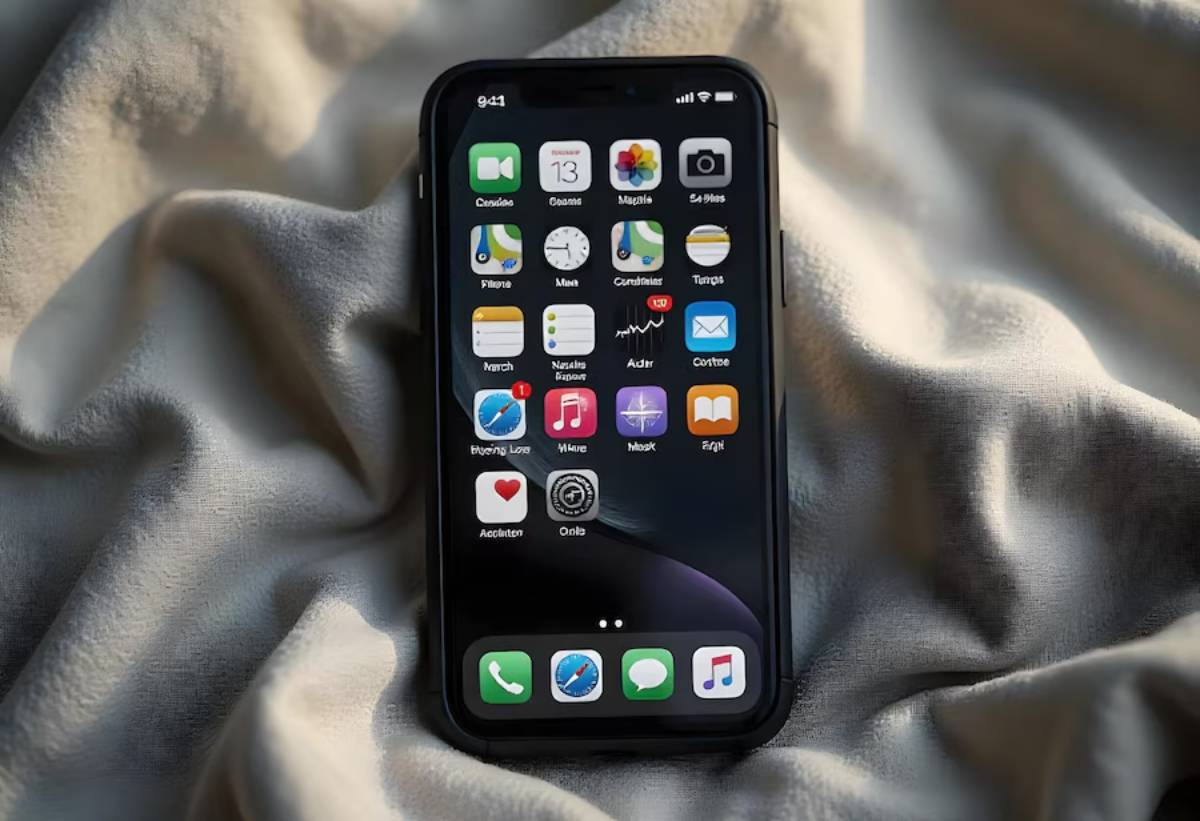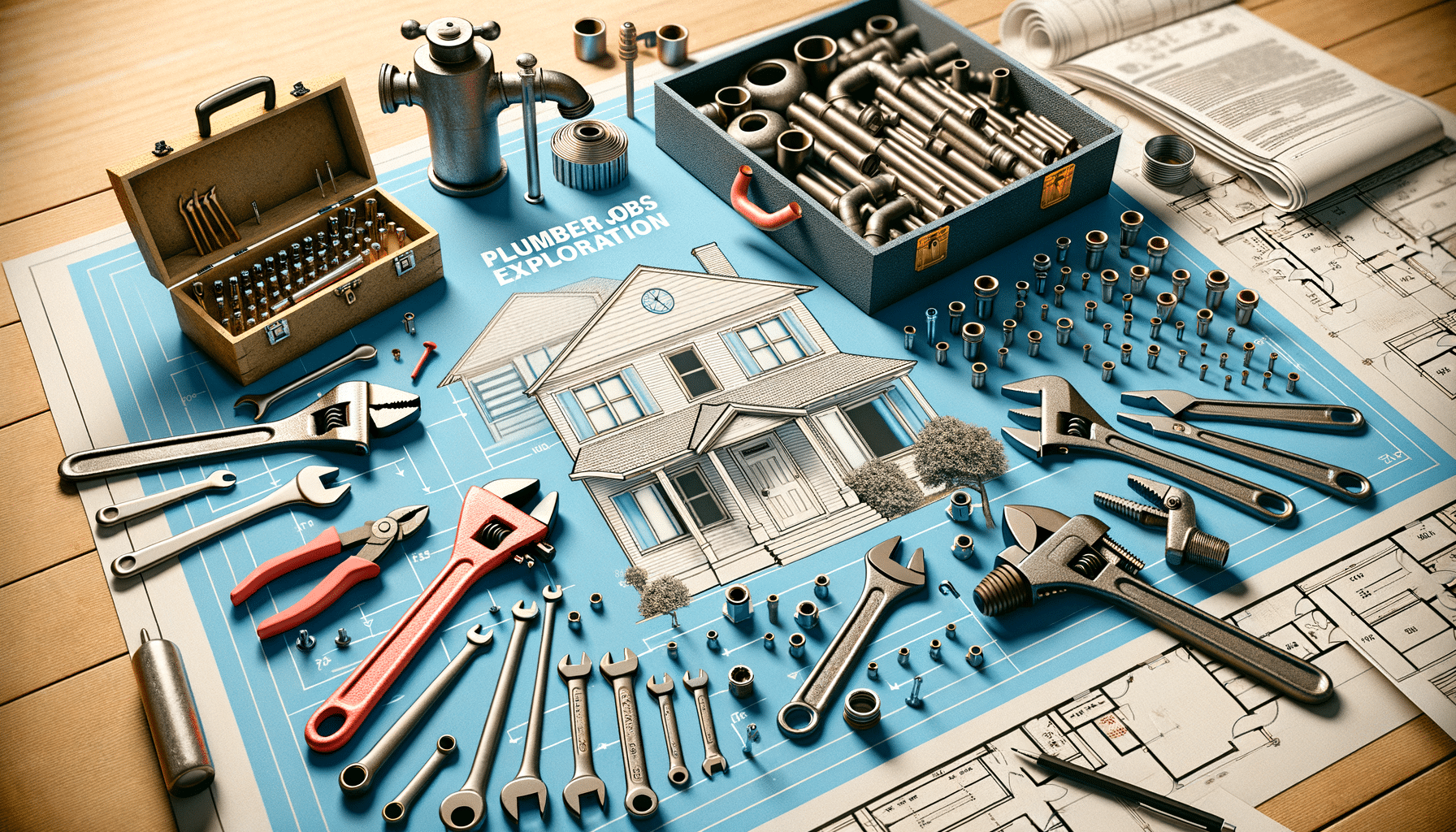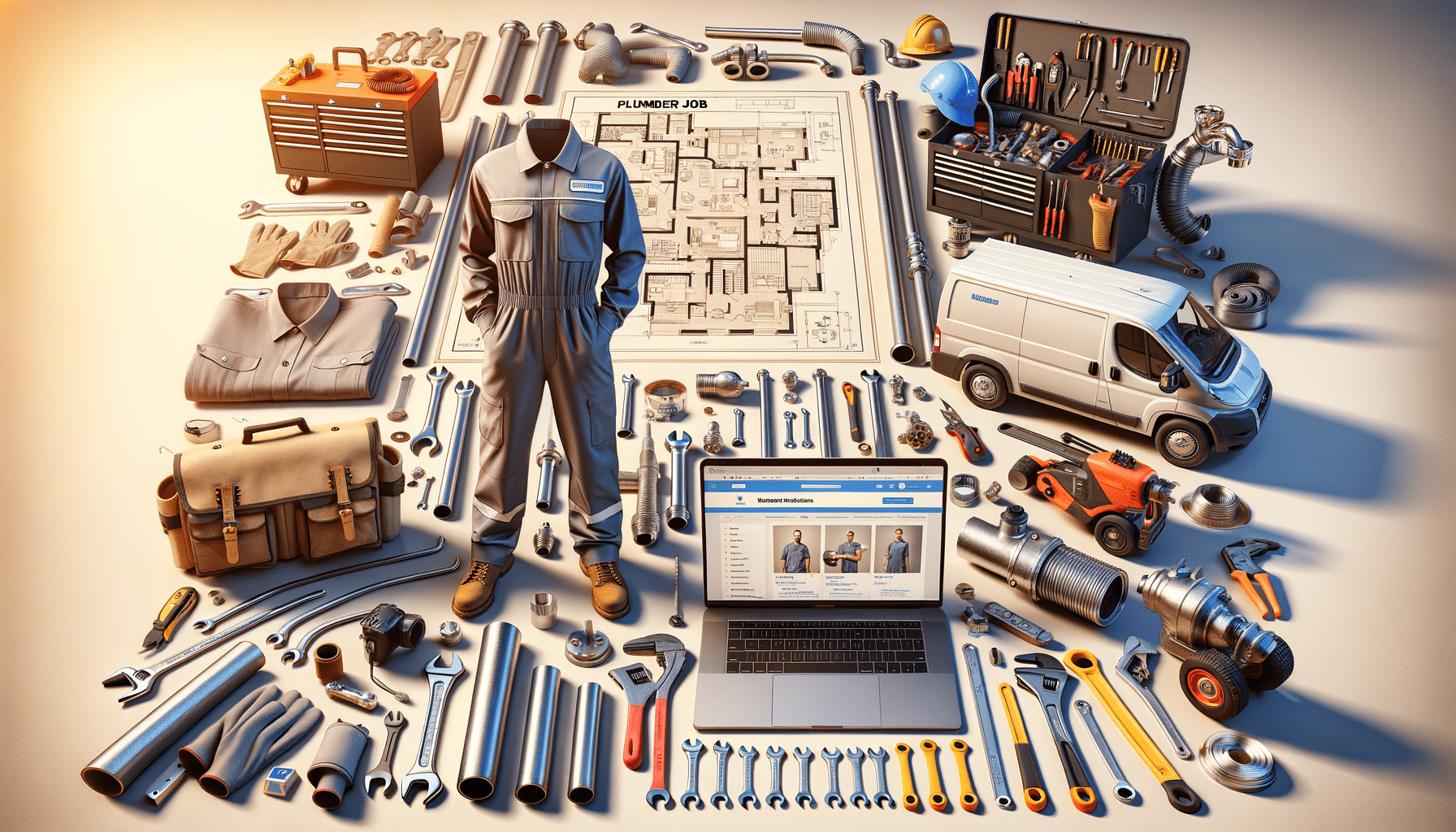
The Case for Digital Minimalism
How many tabs do you have open right now? If you’re like most of us, your digital life is a whirlwind of alerts, inboxes, unread messages, and apps you rarely use but never delete. And while technology has brought extraordinary convenience, it’s also brought constant distraction, eroding our attention, overwhelming our focus, and stealing moments we no longer notice are gone.
This is where digital minimalism steps in.
Far from being anti-tech, digital minimalism is about being intentional with the digital tools you use. It’s a way of thinking and living that puts your attention back in your control. In this blog, we’ll explore why it matters now more than ever, what the science says about digital overload, and how to declutter your digital life without disconnecting entirely. You’ll also find practical focus tools and mindset shifts that can help you make tech serve you, not the other way around.
What Is Digital Minimalism?
A Philosophy for Focused Living
Coined and popularised by computer science professor and author Cal Newport, digital minimalism is the practice of intentionally using technology to support your values, rather than mindlessly absorbing what’s thrown at you.
It doesn’t mean deleting every app or going off-grid. It means:
- Reducing digital clutter
- Removing low-value digital habits
- Reclaiming time and focus for meaningful work and relationships
The Core Principles
- Clarity over convenience – Just because a tool is available doesn’t mean it deserves your attention.
- Intentionality over impulse – Use tech because it helps, not just because it’s a habit.
- Depth over distraction – Choose quality engagement over quantity of inputs.

The Hidden Cost of a Cluttered Digital Life
Cognitive Overload and Attention Fragmentation
Research from the University of London shows that multitasking with digital tools can lower IQ scores temporarily more than marijuana use. When we check our phones, then return to work, then check again, we degrade our brain’s ability to stay in deep work mode.
Every:
- Notification ping
- Slack message
- App switch …fractures your flow.
The Myth of Productivity Through Connectivity
Being “always available” creates the illusion of productivity. But in reality, it:
- Increases stress and fatigue
- Delays complex decision-making
- Reduces your creative capacity
Digital clutter isn’t just inefficient. It’s mentally exhausting.
Signs You Might Need a Digital Declutter
You might benefit from tech minimalism if:
- You feel anxious when separated from your phone
- You check emails or social media reflexively
- You find it hard to concentrate for more than 10–15 minutes
- You spend more time managing tools than actually using them productively
- You can’t recall the last time you were bored — or truly present
If any of that hits close to home, you’re not alone. But you can take steps to regain control.
A Digital Declutter Strategy That Works

Step 1: Audit Your Digital Environment
Take stock of everything you interact with digitally:
- Apps (especially on your phone)
- Websites you visit daily
- Tools and platforms you use for work
- Notification settings
Ask yourself:
- Do I use this?
- Does it serve a meaningful purpose?
- Is it helping or hindering my focus?
Step 2: Remove Low-Value Digital Noise
Start ruthlessly:
- Uninstall unused apps
- Unsubscribe from email lists you ignore
- Mute or archive WhatsApp groups that drain you
- Turn off non-essential notifications
Think of this like tidying your physical space — every little reduction creates more mental breathing room.
Step 3: Rebuild with Intent
Once you’ve decluttered, reintroduce tech intentionally:
- Add back only essential apps
- Set boundaries (e.g., email checks twice a day)
- Use focus tools to support rather than distract (we’ll cover those shortly)
The Role of Focus Tools in Tech Minimalism
Minimalism doesn’t mean zero tech. It means smart tech tools that reduce friction, streamline focus, and enhance depth.
1. Freedom – Block the Noise
This app blocks websites and apps across devices. You can schedule focused work sessions where social media, news, and even email are off-limits.
Use it to:
- Reclaim evenings
- Prevent accidental scroll traps
- Create sacred focus hours
2. Minimalist Phone Launchers – Strip the Temptation
Apps like Niagara Launcher (Android) or Minimalist Phone (iOS) reduce visual clutter by replacing your home screen with a simple interface.
Benefits:
- Fewer icons, fewer taps
- Less mental noise
- Intentional app access only
3. Notion or Obsidian – Create a Single Source of Truth
Instead of juggling five different tools, use Notion or Obsidian to manage your notes, tasks, and goals all in one place.
Why it supports minimalism:
- Everything lives in one clean workspace
- Reduces switching between apps
- Encourages structured thinking
Behavioural Shifts That Reinforce Digital Discipline
1. The One-Screen Rule
Keep only one screen active at a time. That means:
- No TV while scrolling Instagram
- No emails while writing a report
- No podcasts while replying to messages
It’s harder than it sounds — and more powerful than you’d expect.
2. Design “Screen-Free Zones” and Times
Pick boundaries like:
- No phones in the bedroom
- No screens at the dinner table
- No checking work emails on Sundays
These small constraints create space for presence, creativity, and real rest.
3. Use the “Digital Sunset” Technique
Try turning off screens 1–2 hours before bed. Replace scrolling with reading, walking, or simply unwinding.
Your sleep will improve. So will your thinking.
Real Voices: The Power of a Minimalist Digital Life
- Aarav, 31, project manager: “I was using seven different productivity apps. Now I use just Notion and a paper notebook. I get more done in less time — and I actually feel less anxious.”
- Sophie, 27, designer: “I deleted Instagram for a week. Didn’t expect to miss it. But after day three, I felt… clearer. Like my thoughts had more space to move.”
- Daniel, 45, teacher: “I started putting my phone in a drawer during marking sessions. My focus doubled. And oddly, I enjoy my breaks more now, too.”
Why Digital Minimalism Fuels Deep Work
When your digital environment is clean and intentional, your mental environment follows suit.
You reduce context switching. You make fewer reactive decisions. You create longer blocks of uninterrupted attention — the essential ingredient for deep work.
Minimalism doesn’t remove opportunity. It removes noise so you can hear yourself think.
Conclusion: Simplify Your Tech to Sharpen Your Mind
Simplicity is a radical act in a world that constantly demands your attention.
Digital minimalism isn’t about ditching tech — it’s about rethinking your relationship with it. When you curate your tools, silence your pings, and focus only on what truly matters, you create the space for deep, fulfilling work and meaningful living. It’s not always easy. But it is always worth it.


